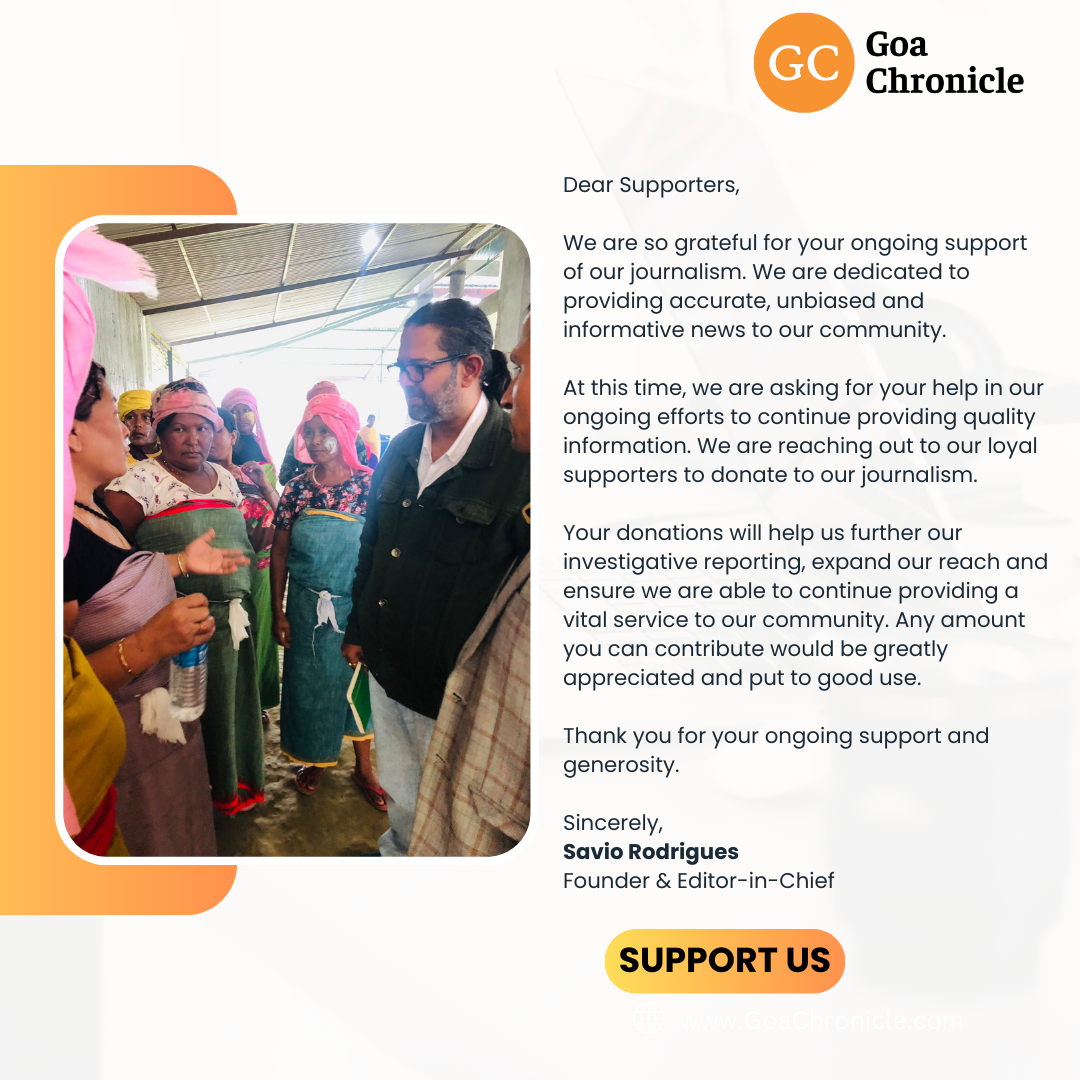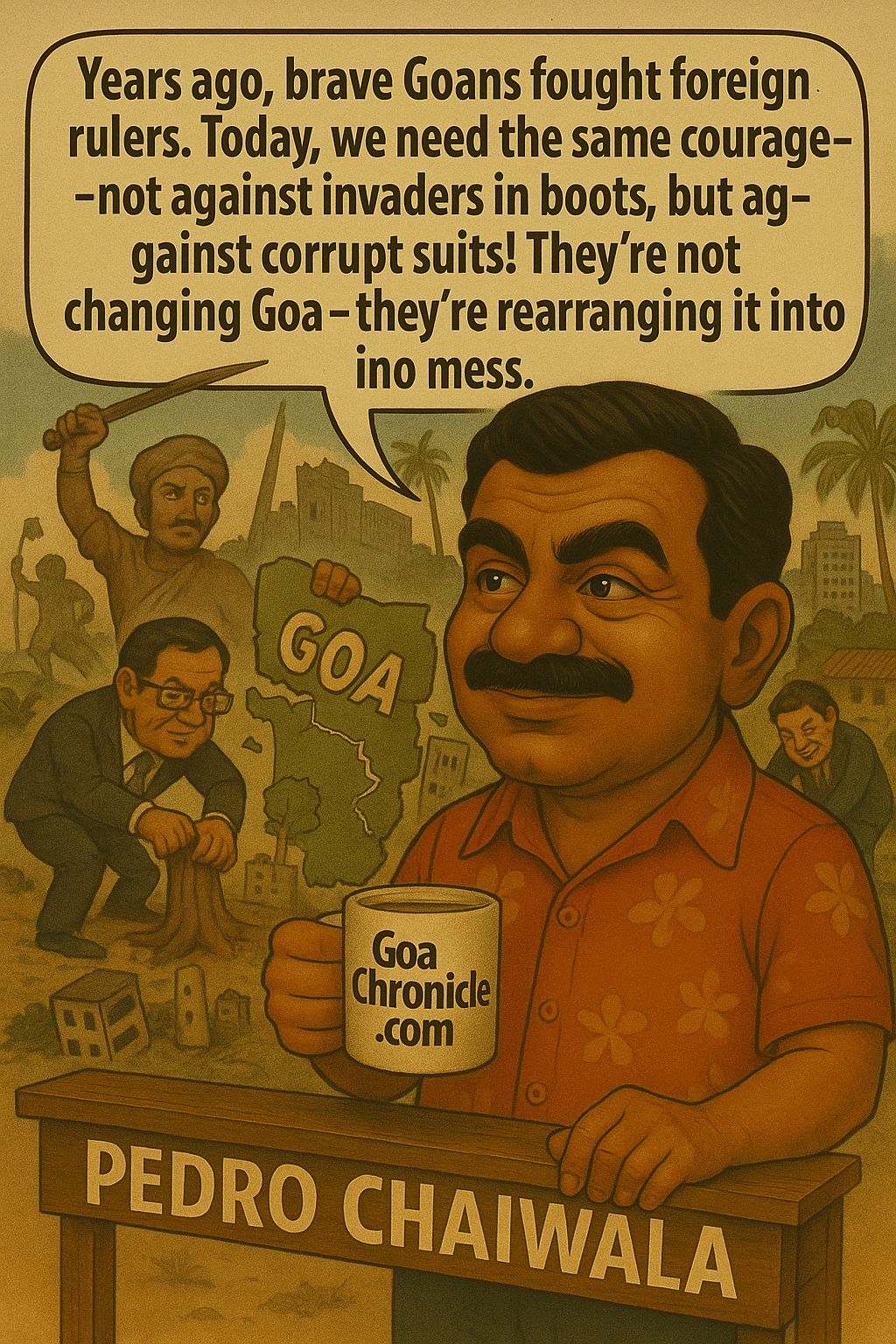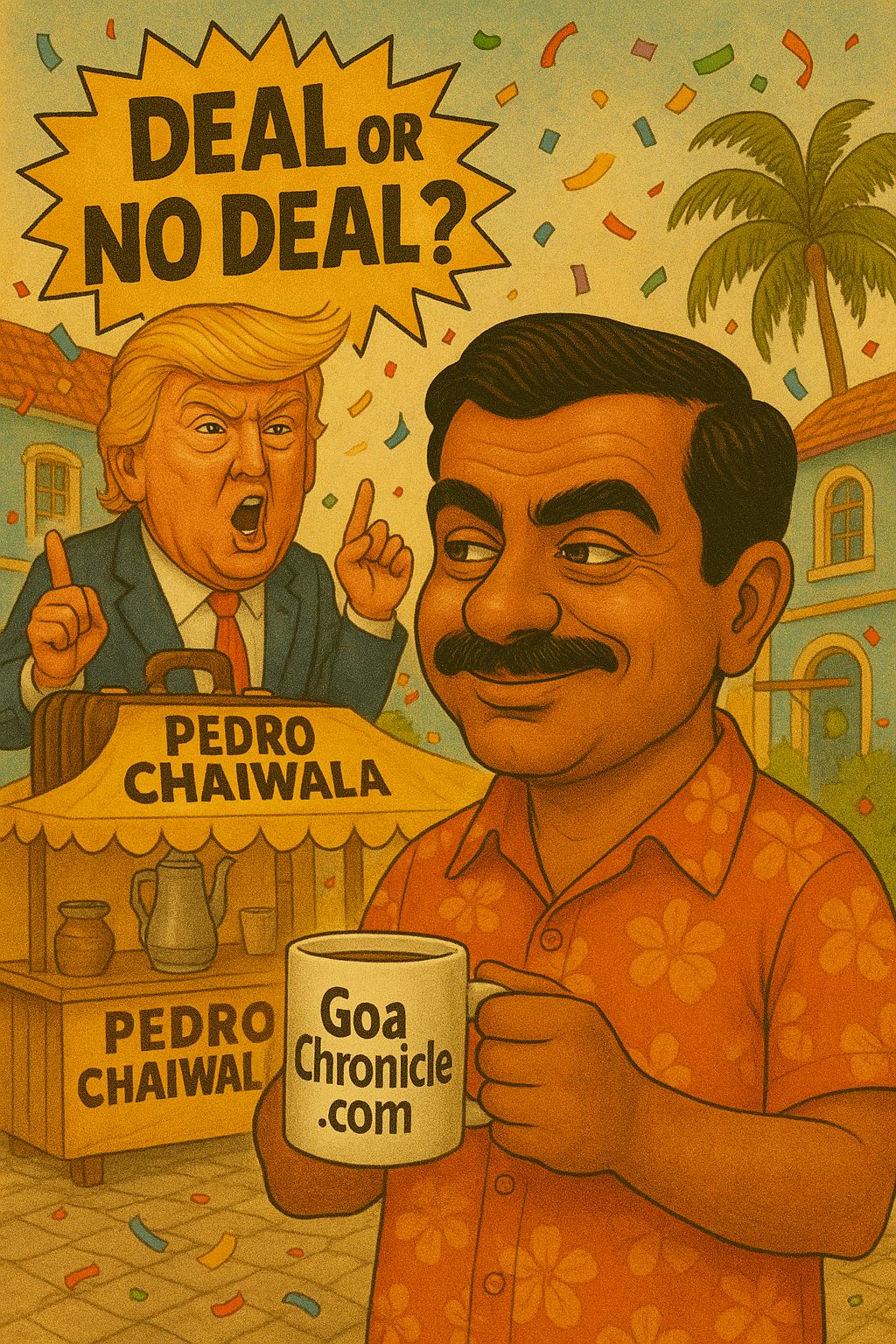President Dr. Mohamed Muizzu of the Maldives faces a significant geopolitical challenge: balancing the interests of two regional giants, India and China. This balancing act is crucial for the Maldives’ economic development, national security, and diplomatic strategy. As the Indian Ocean becomes an increasingly contested arena, Muizzu’s approach will shape the future of his nation.
Under Dr. Muizzu’s administration, the Maldives seeks to harness economic opportunities from both India and China. China’s investments, particularly in infrastructure projects like the Sinamalé Bridge and the expansion of the Velana International Airport, have been instrumental in boosting the Maldives’ connectivity and tourism sector. These projects, funded through loans and grants, have provided a significant impetus to the local economy.
Conversely, India’s economic footprint in the Maldives is marked by direct investments and development assistance. India has focused on building human capital through scholarships and training programs, along with supporting crucial sectors such as health and education. Additionally, Indian tourists constitute a significant portion of visitors to the Maldives, directly impacting the nation’s tourism-dependent economy.
The strategic rivalry between India and China plays out in the Maldives’ foreign policy. India views the Maldives as within its sphere of influence and is wary of Chinese military and strategic encroachment in the Indian Ocean. Conversely, China sees the Maldives as a critical node in its Maritime Silk Road, enhancing its strategic and economic reach.
Security is a paramount concern, particularly regarding maritime security and counter-terrorism. India has historically been the Maldives’ security guarantor, providing patrol vessels, helicopters, and training for Maldivian security forces. The Indian Navy’s presence in the region is a stabilizing factor against piracy, illegal fishing, and other maritime threats.
However, China’s expanding naval capabilities and its increasing presence in the Indian Ocean have altered the security dynamics. While China has not established a military base in the Maldives, its strategic interests necessitate a cautious approach from the Maldivian government. President Muizzu must ensure that his country does not become a flashpoint for Indo-Chinese rivalry.
Recently, Muizzu received Indian High Commissioner Munu Mahawar, signaling how bilateral ties might evolve. Following this, the Maldivian government restored medical evacuations using a Dornier aircraft, gifted by New Delhi but replaced Indian military pilots with civilian personnel. This move fulfilled Muizzu’s campaign promise from last year and he promptly thanked New Delhi for the restoration, especially after speculation that the aircraft and its civilian pilots were grounded for good.
In a bid to boost tourism, Maldivian Tourism Minister Ibrahim Faisal led a travel trade team on a five-day roadshow in Delhi, Mumbai, and Bengaluru. Tourism, being the nation’s economic backbone, saw a drop in arrivals from India after three junior ministers posted defamatory material about Prime Minister Narendra Modi.
The easing of tensions began when Muizzu was the only neighborhood leader to bring a senior official team to Modi 3.0’s swearing-in. This gesture indicated his willingness to engage in serious discussions to advance the bilateral relationship quickly.
In New Delhi, substantive discussions took place between the Maldivian and the Indian delegation led by External Affairs Minister S. Jaishankar. The indication was that these talks were driven by Maldivian proposals on the economic front. Unlike his predecessors, Muizzu’s government acknowledges the economic crisis, including a debt crisis flagged by the International Monetary Fund (IMF) and the World Bank by the end of 2022. The Maldivian government has since acknowledged this looming debt crisis, with senior ministers and officials expressing concerns increasingly frankly.
In his Independence Day speech and otherwise, Muizzu recognized India’s role in deferring debt repayment. India had granted a rollover facility almost at the last minute, promising another in the coming months. Reports suggest that China and the UAE have also extended a five-year repayment period for Maldives.
Maldivian experts have long indicated the urgent need for continual cash inflows, whether as ‘budgetary support’ from India or a ‘bail-out’ package from the IMF. In 2018, India extended a US$ 1.4 billion developmental fund at the start of Solih’s presidency, adding further aid later, particularly during the COVID pandemic. The alternative, IMF aid, was tried by the nation’s first democratic President, Mohammed Nasheed. However, the IMF-imposed reforms introduced new taxes, hiked power tariffs, and cut public sector jobs, leading to Nasheed’s abrupt resignation amid protests.
Expectations of similar ‘budgetary support’ from other friendly nations have not materialized. After India and China, Kuwait has provided US$ 10 million for small-island hospital projects. Meanwhile, following Foreign Minister Moosa Zameer’s visit to Beijing, Muizzu announced the implementation of a Free Trade Agreement (FTA) with China, aimed at improving foreign currency inflows. Discussions for similar agreements with the UAE and the UK are also ongoing.
Efforts have been made to open a Chinese bank in Maldives, where the State Bank of India (SBI) has long been a major player in development funding. Proactive governmental initiatives on the forex front include a ban on exporting raw fish, after setting up more processing units with Chinese assistance.
Domestically, the Muizzu administration has launched a massive dues-collection drive through Parliament’s Public Accounts Committee (PAC) to meet the nation’s external debt commitments, targeting MVR 15 billion (approx. US$ 500 million). However, attempts at forced collection could be tricky as the country’s big businesses, particularly in the tourism sector, hold significant economic and political influence.
An archaic law allows resort promoters to retain their earnings in foreign currencies without converting them to local currency. The question remains whether the government will revisit this law, potentially forced by IMF conditionalities if a bail-out package is sought.
Local media reports indicate that forex reserves are insufficient to meet one month’s essential imports, implying a precarious situation. A recent ship-load of perishables from India’s Thoothukudi Port arrived in Addu City, helping avoid transshipment delays and wastage through Malé.
Larger issues arise from Muizzu’s assertion in January of ending single-source import dependence on India, entering an agreement with Turkey for year-round supplies of staples. When these imports did not materialize during Ramadan, New Delhi continued its regular supplies without standing on formality.
Overall, immediate Maldivian expectations from reviving ties with India include both budgetary support and commodity exports, possibly with deferred payments. India had provided substantial aid to Sri Lanka during its forex crisis without linking it to security concerns vis-à-vis China, a contrast to the provocative stance from Maldives.
Questions about India’s aid provision to Maldives in the annual budget ‘going down’ to INR 400 crores from INR 770 crores have been raised. However, the initial provision last fiscal was also INR 400 crores and New Delhi nearly doubled it as the year progressed.
In summary, the Maldives under President Muizzu navigates a complex geopolitical landscape, balancing economic and strategic ties with both India and China while addressing internal economic challenges. How this delicate balancing act unfolds will significantly shape the region’s geopolitical and economic dynamics in the coming years.
In recent months, India and the Maldives have navigated a rollercoaster of diplomatic relations, transitioning from a period of heightened tension and the ‘India Out’ campaign to a renewed partnership encapsulated by the ‘Welcome India’ sentiment. This transformation is a testament to strategic diplomacy, mutual interests, and a shared vision for regional stability and development.































